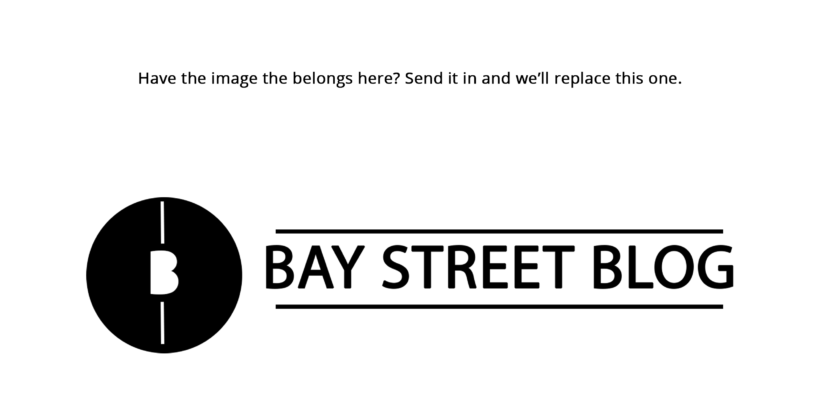The Rise and Fall of Blockbuster
Share

Remember those days when picking out movies from Blockbuster was the best thing ever? The joy from picking Blockbuster movies to take home never got old. Blockbuster was a company that once played a huge role in the North American film industry. For a company that was worth over $2.5 billion – where did Blockbuster screw up?
Early Years
Blockbuster was founded by David Cook in 1985, and went public a year later. Blockbuster attracted several investor during its early years – such as Viacom, which bought Blockbuster when it was first being managed by an investment group of former Waste Management Executives. In August 1999, Viacom sold 18% of its share in Blockbuster for a public offering of $465 million, suggesting that the company was worth over $2.5 billion.
Business Model
From the start, Blockbuster stuck with one main business model – renting videos at a fixed price per video, in it’s brick and mortar stores. At one point, Blockbuster reached a peak of more than 9,000 stores in 2004 (The New York Times). This competitive advantage turned into one of the major contributors for the downfall of Blockbuster, as online streaming became more popular.
Competition
Netflix was the main competitor behind the downfall of Blockbuster. Netflix offers unlimited movies for a low monthly cost. Ironically, Blockbuster CEO, John Antioco, had the opportunity to buy Netflix for $50 million in 2000 (Business Insider). The deal did not go through because John thought it was a small niche business. Today, Netflix’s market capitalization is over $50 billion.
Only if Blockbuster had accepted the deal, it still would have remained as one of the largest influences on the North American film industry. This is an example of how Blockbuster failed to adjust themselves to changing market conditions, and not adapting to online-streaming.
Growth Slowdown
Blockbuster lost 75% of its market value from 2003 – 2005 (Forbes) to competitors (mostly as a result of Netflix gaining popularity). During this down fall, investor, Carl Icahn bought a 5.8% stake in Blockbuster for $83.8 million, suggesting that the company was worth approximately $1.4 billion.
Regardless of Carl’s investment, the downfall of Blockbuster continued, as the company failed to compete with the online streaming segment of the film industry. As a result of the sales decline, it became harder for Blockbuster to make its debt payments. The same CEO who declined the opportunity to buy Netflix, John, resigned in 2007. Former 7-Eleven CEO, Jim Keyes took over, becoming the new Chairman and CEO.
Restructuring efforts from Jim Keyes did not exactly solve the problem. During 2010, Blockbuster applied for Chapter 11 bankruptcy protection, for its $930 million in secured and unsecured debt. In 2010, Blockbuster shares were down 91% since Keyes’ takeover. This lead NYSE to issue a warning, as Blockbuster’s market capitalization was $55 million, below the $75 million market capitalization requirement. Icahn sold all of his 10.5 million Class A Shares (market value: $7.1 million). Icahn mentioned that Blockbuster was the worst investment he’s ever made.
the worst investment I ever made
However, Icahn keeps 3.3 million class B shares, worth $619,000 (2010), and bought a chunk of Blockbuster’s debt to gain control over company’s debt.
Today
As a result of Blockbuster’s inability to make debt payments, Blockbuster has been acquired by DISH Network, for $320 million. Right now, Blockbuster On Demand has moved to Sling TV – more than 20 channels for $20 a month, which is not a competitive price, compared to its competitor, Netflix. Netflix’s most expensive plan costs only $11.99, and that includes over 100 million hours of content.

Netflix’s offers competitive pricing for over 100 million hours of content.

Blockbuster on Demand’s Sling Television. It includes only a fraction of Netflix’s content, and has a price point twice as much.
Conclusion
Brick and Mortar stores – what used to be the competitive advantage of Blockbuster became the major weakness. Only if the Blockbuster CEO had accepted the deal to acquire Netflix, Blockbuster would have been able to remain competitive. However, the rejection of the deal showed how Blockbuster was resistant to change.
As online streaming gained popularity, Blockbuster continued to focused on its brick and mortar stores, which had declining sales. The rise and fall of Blockbuster is an example of why corporations should continue to invest into Research & Development, and ensure that their business model is sustainable.
Stocks mentioned: NFLX
You may also be interested in: Why do Big Companies Fail
Writer: Jelani Smith
Disclaimer: All investing can potentially be risky. Investing or borrowing can lead into financial losses. All content on Bay Street Blog are solely for educational purposes. All other information are obtained from credible and authoritative references. Bay Street Blog is not responsible for any financial losses from the information provided. When investing or borrowing, always consult with an industry professional.






Bay Street Blog Newsletter
Click here to subscribe for a financial savvy experience.
Please check your email to confirm subscription!